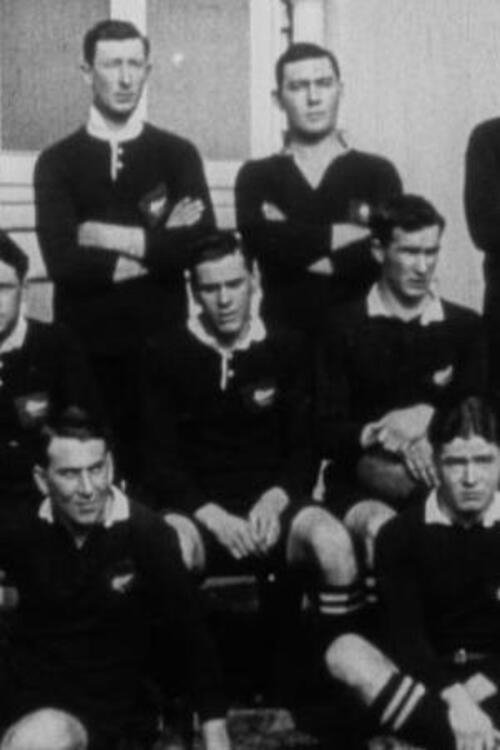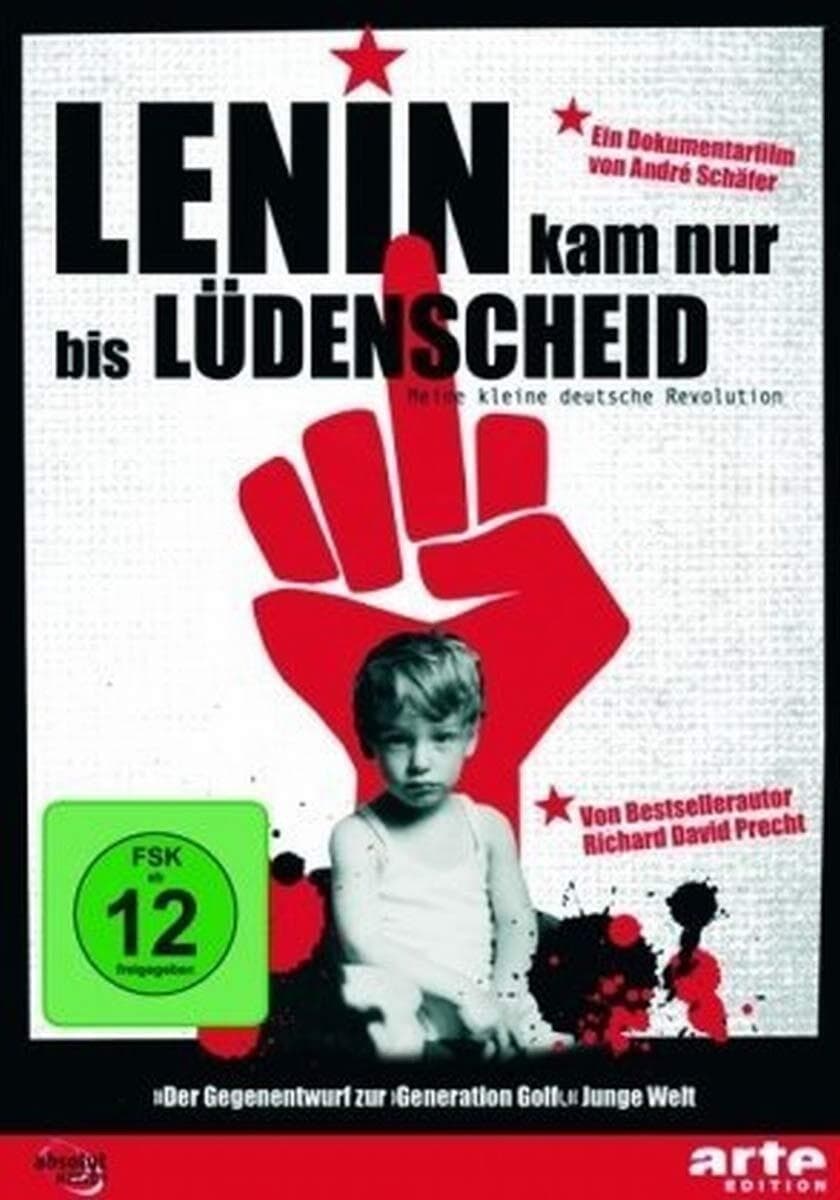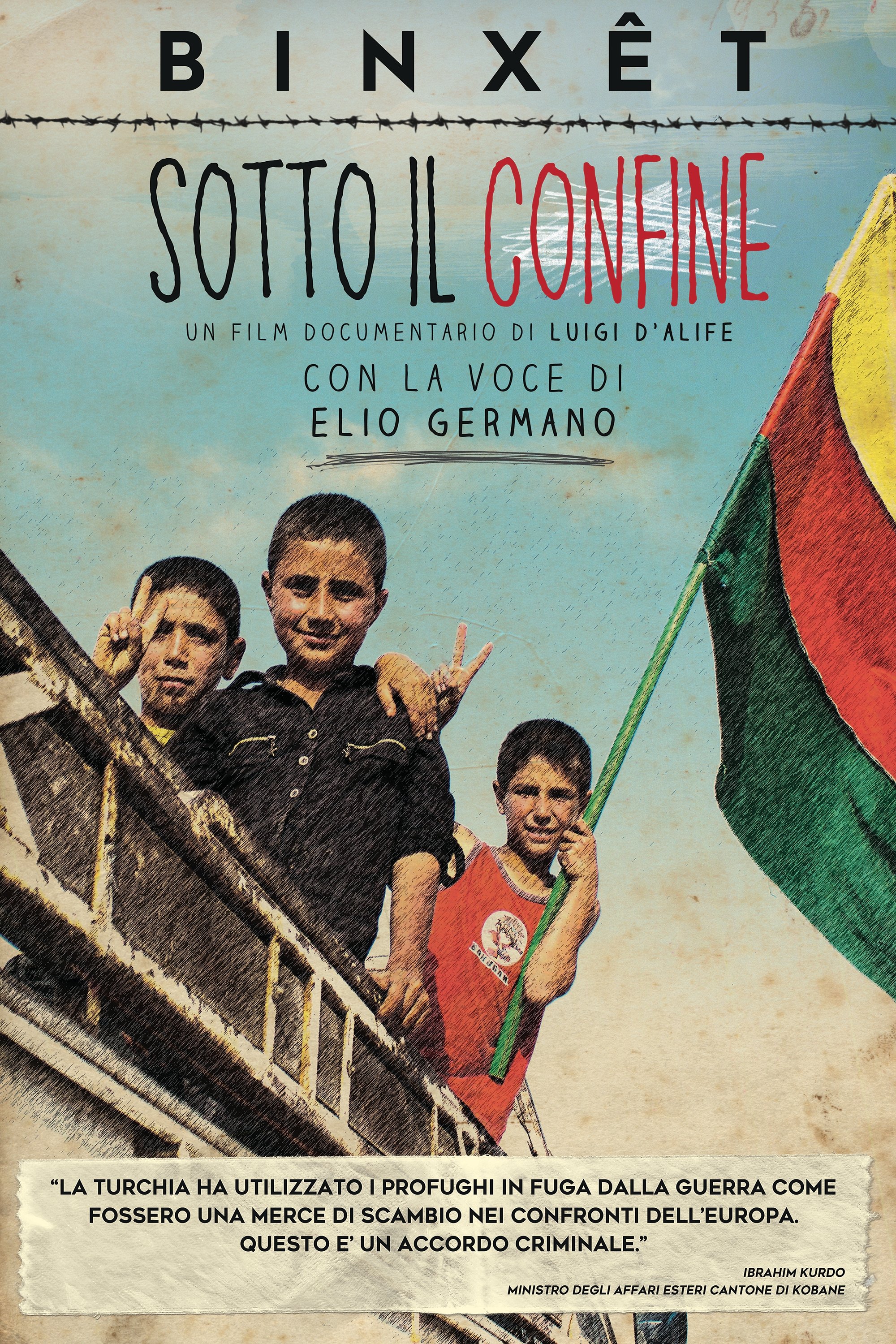
Nicaragua Part 1: Voyages (1985)
Released:
1985-10-14
Duration:
43min
Genres:
Documentary
Rating 0.0
Overview
Composed of stills by renowned Magnum photographer Susan Meiselas taken in 1978 and 1979 during the overthrow of the fifty-year dictatorship of the Somoza family. Written in the form of a letter from Meiselas to Karlin, it is a ruminative and often profound exploration of the ethics of witnessing, the responsibilities of war photography and the politics of the still image.
Production Companies

Channel 4 Television
Lusia Films
Additional Info
| Budget | $0.00 |
|---|---|
| Revenue | $0.00 |
| Original Language | en |
| Popularity | 0.77 |
Directed By
Marc Karlin
Crew
Director
Marc Karlin
Marc Karlin
Sound
Melanie Chait
Melanie Chait
Editor
Monica Henriquez
Monica Henriquez
Director of Photography
Jonathan Bloom
Jonathan Bloom















